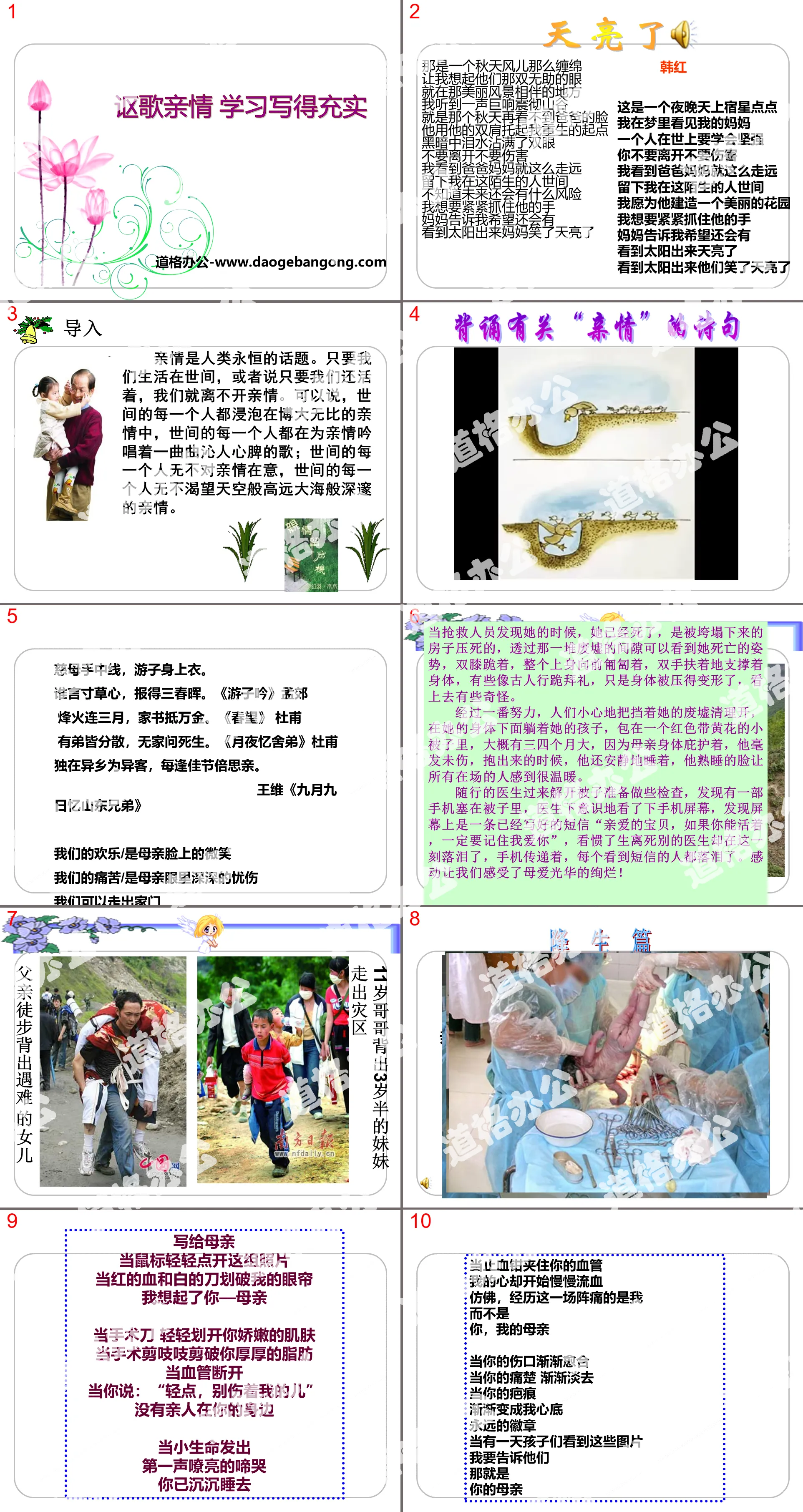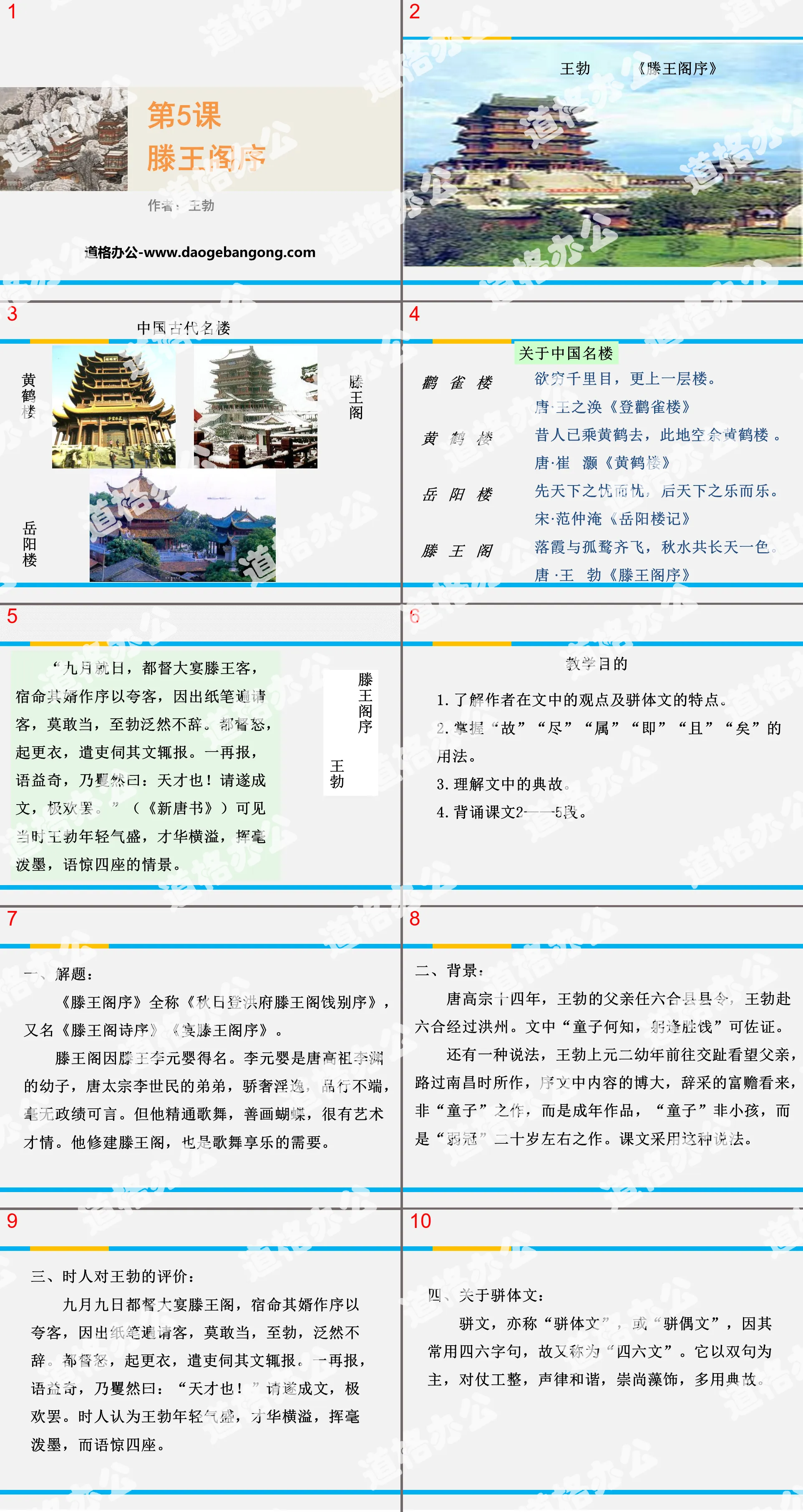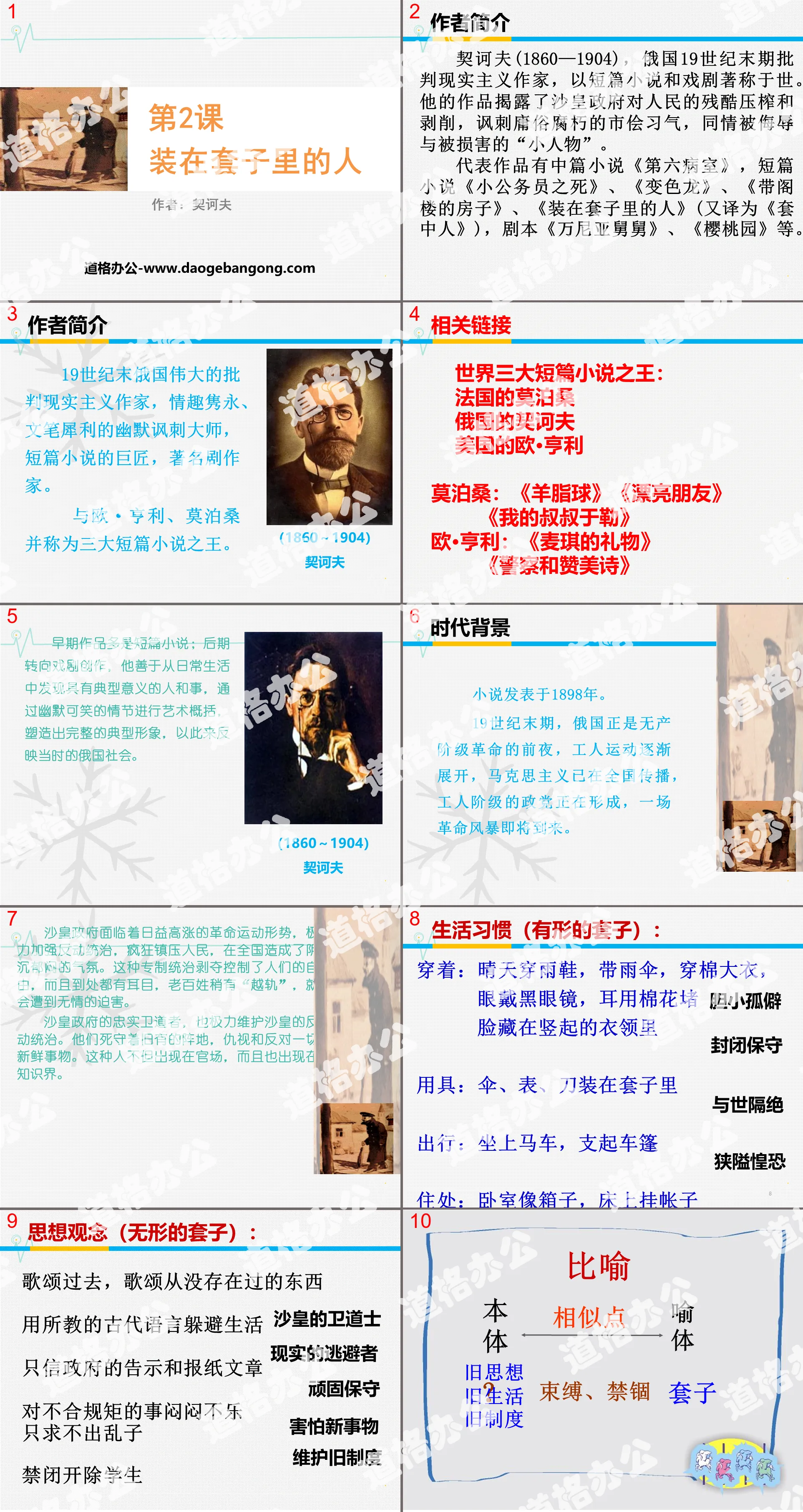"Speaking of "Konoha"" PPT courseware Simple campus recruitment activity planning plan summary enterprise and institution recruitment publicity lecture PPT template is a general PPT template for business post competition provided by the manuscript PPT, simple campus recruitment activity planning plan summary enterprise and institution recruitment promotion Lecture PPT template, you can edit and modify the text and pictures in the source file by downloading the source file. If you want more exquisite business PPT templates, you can come to grid resource. Doug resource PPT, massive PPT template slide material download, we only make high-quality PPT templates!
| 文件名 如何下载使用 | 下载次数 | Download Points | 下载地址 |
|---|---|---|---|
| "Speaking of "Konoha"" P... | 4425次 | 0.00 | Free Download |
Tips: If you open the template and feel that it is not suitable for all your needs, you can search for related content "Speaking of "Konoha"" PPT courseware is enough.
How to use the Windows system template
Directly decompress the file and use it with office or wps
How to use the Mac system template
Directly decompress the file and use it Office or wps can be used
Related reading
For more detailed PPT-related tutorials and font tutorials, you can view: Click to see
How to create a high-quality technological sense PPT? 4 ways to share the bottom of the box
Notice
Do not download in WeChat, Zhihu, QQ, built-in browsers, please use mobile browsers to download! If you are a mobile phone user, please download it on your computer!
1. The manuscript PPT is only for study and reference, please delete it 24 hours after downloading.
2. If the resource involves your legitimate rights and interests, delete it immediately.
3. Contact information: service@daogebangong.com
"Speaking of "Konoha"" PPT courseware, due to usage restrictions, it is only for personal study and reference use. For commercial use, please go to the relevant official website for authorization.
(Personal non-commercial use refers to the use of this font to complete the display of personal works, including but not limited to the design of personal papers, resumes, etc.)

Related reading
For more detailed PPT-related tutorials and font tutorials, you can view:Please click to see










Authoritative PPT Summary
"Speaking of "Konoha"" PPT courseware
Part One: Classic morning reading
Send to Li Dan Yuanxi
Wei Yingwu
Last year I saw you farewell in the flowers, and today the flowers bloom again for another year.
Things in the world are uncertain and difficult to predict, and spring sorrow makes me sleep alone.
I miss the fields when I am sick, and I am ashamed of my salary when I am in exile.
When I heard the news, I wanted to come to ask for information. I looked at the full moon several times from the west tower.
【Author background】
Wei Yingwu (737-about 792) was born in Jingzhao Wannian (now Xi'an, Shaanxi). When he was a teenager, he was a knight-errant and became a valet of Emperor Xuanzong of the Tang Dynasty at the age of 15. Later he entered Imperial College and determined to study. Daizong entered the official career and served successively as Luoyang Prime Minister, County Magistrate, Chuzhou Governor, Jiangzhou Governor, and Suzhou Governor, and died in his post. In some of his early works, there is no lack of high-spirited and cheerful life. After he was dismissed from office, the high-spirited spirit of generously serving the country disappeared in his works, and was replaced by the helplessness and indifference of seeing through the world. His poems mostly write about landscapes and pastoral areas, which are beautiful and leisurely, and sometimes reveal a sense of anger amidst the tranquility. His poems reflecting the sufferings of the people are quite sympathetic. He is a poet with high artistic achievements in the mid-Tang Dynasty.
Li Dan, whose courtesy name is Yuan Xi, is the author's poetic friend. This poem was written in the spring of the first year of Xingyuan (784) by Emperor Dezong of the Tang Dynasty. At this time, Wei Yingwu was still serving as the governor of Chuzhou.
[Perception of the theme]
This poem expresses the poet's feelings about current events and missing his friends. The beginning is intended to show that flowers are falling and flowers are blooming, and before you know it, another year will come. The four sentences in the middle touch the scene and describe the feelings of the past year. Things in the world are uncertain and unpredictable, so I am full of melancholy. From my own perspective, I feel sick and miss home, and feel guilty for not being a good parent. The last two sentences express the desire to talk to friends.
【Art Appreciation】
Simple language style.
At the beginning of the poem, he uses simple language to describe the feeling of parting affectionately: "Last year, I saw you farewell in the flowers, and today the flowers are blooming for another year." Starting from the flower blooming season last spring, I wrote it separately until I saw the flowers blooming again this year. , seeing things and thinking about people, naturally expresses the feeling of longing.
Talking about Konoha PPT, part 2: learning objectives
1. Learn the expression skills and induction methods of language hints in ancient poems; accumulate famous lines from ancient poems, improve students' ability to learn and appreciate and abstract general rules from relevant materials.
2. With the help of the aesthetic experience of tasting poetry, students can arouse their love for ancient culture, enhance their national self-confidence and pride, and inspire students to work hard and make progress.
3. Grasp the artistic characteristics of the word "wood".
Talking about Konoha PPT, the third part: Preview before class
(1) Understand people and the world, broaden your horizons
1. Get closer to the author
Lin Geng, originally from Minhou, Fujian (now Fuzhou City), was born in Beijing on February 22, 1910. He graduated from the Chinese Department of Tsinghua University in 1933. In the autumn of 1933, he published his first collection of free verse poems, "Night". After 1934, as a new free verse poet, he began to try new metrical styles, and successively published the collections of poems "Beiping Love Song", "Hibernation Song and Others" .
As a scholar, Professor Lin Geng’s research mainly involves Chu Ci, Tang poetry, literary history, etc., showing the unique characteristics of poets and scholars. He perfectly unified the creation of new poems and the study of Tang poetry. In the study of Tang poetry, the most famous argument he put forward was the "weather of the prosperous Tang Dynasty". Closely connected to the "Weather of the Tang Dynasty" is another artistic summary of the poetry of the Tang Dynasty - "Youth Spirit", the results of which are collected in "A Comprehensive Review of Tang Poetry". Professor Lin Geng's research on Chu Ci and his research on Tang poetry can be called "double gems". "Study on the Poet Qu Yuan and His Works" is a collection of essays he has studied on Chu Ci for many years, most of which are about Qu Yuan's life and his works. There are also some articles on Qu Yuan's personality, artistic achievements and characteristics of his works. Professor Lin Geng also paid great attention to the novels of the Ming and Qing Dynasties and put forward many penetrating ideas. Mr. Lin Geng has successively served as a professor in the Chinese Department of Xiamen University, Yenching University, and Peking University. He has published 6 new poetry collections such as "Spring Fields and Window" and "Asking for Directions" and classical literature monographs "Poet Li Bai" and "A Brief History of Chinese Literature".
2. Understand the background
The creation of new poems has experienced the glory of the 1930s with thousands of horses galloping and thousands of sails competing, and has developed to the present. The contemporary poetry world is showing a sluggish scene, and there are only a few newspapers and magazines dedicated to publishing poetry. Well-known poets such as: Haizi committed suicide by lying on the train, Shizhi went to a mental hospital, Gu Cheng committed suicide after killing his wife... In response to this situation, Lin Geng once said: "The path of contemporary poetry is wrong... The language of poetry is the language of art, and poetry is the language of art. Modernized language and concise language need to be continuously refined from daily life language, which can neither be separated from life language, but also transcend life language." The article "Speaking of "Konoha"" written by him is precisely through the analysis of ancient poetry. The explanation of the artistic characteristics of the word "wood" in the poem illustrates the suggestive characteristics of the poetic language.
Talking about Konoha PPT, part 4: Entering the classroom
Lesson 1 (Study the first part of the text)
(1) Read the text intensively and conduct independent discussion
The first part (paragraphs 1 to 3) lists a phenomenon in the history of ancient Chinese poetry, that is, "Konoha" has become a favorite image in poets' writings. The key to the image of "Konoha" lies in the word "wood".
1. What point does the four famous sentences in the first paragraph illustrate?
Answer: List four famous sentences to illustrate the beauty of Konoha and how prominently "Konoha" has become the poet's favorite image. This will serve as the basis for the analysis below.
2. At the beginning of the second paragraph, famous sentences such as "The Empress is a beautiful tree", "The osmanthus trees are thick in the mountains", "There are strange trees in the courtyard", etc. What phenomenon is proved?
Answer: There are many famous sentences proving that there are "trees", but there are few famous sentences that prove that there are "leaves".
3. There are few famous sentences containing "leaves" and many famous sentences containing "wooden leaves". What point is proved?
Answer: It shows that refining is not the reason for using "leaf" alone.
(2) Teachers give guidance and lead ideas
1. At the end of the second paragraph, "Here we can also see that the word "falling wood" is indeed not accidental." What role does it play in content and structure?
It is further pointed out that it is better to use "falling wood" than "falling leaves", which is not an accidental phenomenon. The setting of suspense makes people eager to find out the reason. The words here are concise and meaningful. The first is to point out the way of innovation: "Learn from the creations of predecessors, and create from your own learning"; the second is to point out the universality reflected in individual cases; the third is to implicitly tell us that such detailed speculation is the key to appreciating poetry. of subtlety.
2. In the third natural paragraph, "It turns out that the subtlety of poetic language is different from ordinary concepts, and it is much different from ordinary concepts; and it can be seen that poetic language cannot rely solely on concepts." What is the core meaning of this sentence?
This sentence points out the difference between poetic language and ordinary language. There is a big difference between the image thinking (imagery) of poetry and general concepts (general nouns that refer to the names of things). This is the subtlety of poetic language. This sentence is very critical, and the analysis below is actually based on this.
3. Why are "leaves" rarely used and "wooden leaves" often used in ancient Chinese poetry?
In ancient Chinese poetry, "wood leaves" are often used and "leaves" are rarely used because: 1. The images of "tree" and "leaf" are not only not exclusive, but also very consistent; it is also because they are too different. If there is more agreement, "leaf" will not bring anything more than a single "leaf". In classical poetry, which is accustomed to using words, the word "leaf" has never been seen. As for "Konoha", it's completely different. 2. "Wood leaves" appear "simpler" than "leaves". It can be used accurately in the autumn season when leaves are falling. It has the yellowish and dry feeling of fallen leaves, and it brings the whole sparse and clear autumn atmosphere; "Leaves" lack the suggestiveness of art.
The second lesson (read the second and third parts of the text and summarize the full text)
(1) Read the text intensively and conduct independent discussion
The second part (natural paragraphs 4 to 6) explains the two artistic characteristics of "wood" and why they have these characteristics.
After analyzing a series of examples, the author came up with two artistic characteristics of the word "wood". First, "wood" is more simple than "tree", and it itself contains the element of falling leaves; secondly, "wood" is a dry yellow color, which is a dry feeling to the touch. It must be the product of the howling autumn wind. , through it, "we seem to hear the sighs of the departed people and think of the wandering wanderers."
The third part (paragraph 7), in the field of artistic image, "wood" and "tree" are thousands of miles apart. Words that are not much different in the first place are vastly different in the field of art. You can imagine the shock this conclusion can give readers. Although the article is finished, the "aftershocks" left to the readers continue. Every reader will close the book and think deeply: When reading poetry or literary works in the future, how should they carefully consider every nuance? Behind this small superficial difference, how many differences are there and how many waves of emotions are there? If it can arouse our thinking, the success of this article is very clear.
Talking about Konoha PPT, the fifth part: Summary center
This article cites a large number of examples from classical poetry around "Konoha", conducts sophisticated comparative analysis, and elucidates the suggestiveness of poetic language. The author has made a very detailed analysis of the artistic characteristics of the image of "wood", which is quite inspiring for us to understand the subtleties of the art of poetry.
appreciating art
1. The topic is small and the theory is deep. The article aims to explain the principles of literature and art - the suggestiveness of poetic language. If it were written from a purely theoretical perspective, it would probably be a relatively difficult academic paper. Therefore, the author chose the image of "Konoha" as the topic to attach and penetrate the profound truth. When reading and pondering the poems about "Konoha", this statement is close but the purpose is far away.
2. The methods of illustration and comparative analysis are used. The author lists a large number of examples in classical poetry around "Konoha" (examples omitted), which allows readers to realize the universality of this image from concrete and perceptible verses. When analyzing the unique meaning of "Konoha" in the poem, a large number of examples are cited for analysis and comparison. The poem talks about the comparisons between "wooden leaves" and "leaves", "leaves" and "leaves", "wooden leaves" and "fallen wood", "leaves" and "fallen leaves", etc., which makes readers have a better understanding of the image. Concrete perception. For example, the "fallen leaves" in Cao Zhi's poems are dense, moist leaves at the turn of spring and summer, green and soft leaves; the "wooden leaves" in Qu Yuan's poems are slightly yellow leaves that are floating in the air. There are differences in color, texture, density and dynamics between the two. The "yellow leaves" in Sikong Shu's poems do not have the dryness and drifting meaning of "wooden leaves", and the color is wet yellow rather than withered yellow. "Konoha" is a dead leaf floating in the wind. It belongs to the wind but not to the rain. It belongs to the refreshing clear sky but not to the heavy cloudy sky. It is a typical autumn character.
3. Peeling bamboo shoots layer by layer structure. Why did ancient poets use "wood leaves" instead of "leaves"? The author is not eager to tell the whole story, but analyzes it layer by layer with an inquiring eye. First, we eliminate the factors of word conciseness, and then find out that it contains fallen leaves and other factors when used in autumn scenes. Finally, we touch on the suggestive issues of poetic language and explain them. This kind of in-depth exploration and exploration not only reflects the author's scientific attitude, but also conforms to the readers' reading psychology.
Talking about Konoha PPT, the sixth part: [Masterpiece Expo]
Appreciation of Characters in "The Analects of Confucius"
Zilu: (542 BC to 480 BC), whose surname was Zhong, whose given name was You, and whose courtesy name was Zilu (also known as Jilu). He was a native of Bian (now east of Sishui County, Shandong Province) of the State of Lu in the late Spring and Autumn Period. A famous disciple of Confucius and one of the "Ten Philosophers of Confucius".
Zilu was born in a poor and lowly family, and was called "I" ("Xunzi·Duluo"). He "often ate quinoa" ("Shuoyuan·Jianben"). Nine years younger than Confucius, he is the oldest among the disciples of Confucius. He was a generous man, and he described his ambition: "I would like to have carriages and horses, light clothes and fur, and share them with my friends. I will have no regrets about them" ("The Analects of Confucius·Gong Yechang"). He is upright, brave, resolute and reckless. Confucius often said that "You are braver than me" ("The Analects of Confucius, Gong Ye Chang"), "You are fruit" ("The Analects of Confucius, Yong Ye"), "You are also a person". ("The Analects of Confucius · Advanced"), "Ye Zai, You Ye" ("The Analects of Confucius · Zi Lu"), "Zi Lu, Xing Xing Ru Ye" ("The Analects of Confucius · Advanced") and other words to comment on him. Zilu had a tendency to despise learning and believed that "there are people and a country, so why study and then learn?" Therefore, Confucius thought that he had "been promoted to a court, not a house" in learning, and reminded him: " If you like benevolence but don't learn, you will be a fool; if you like knowledge but don't learn, you will become a fool; if you like faith but don't learn, you will be a thief; if you like straightforwardness but don't learn, then you will be blind; if you are brave but don't learn, then the cover will be chaotic. If you are too strict and don't learn, you will be blind." ("The Analects of Confucius·Yang Huo") Zi Lu is the most practical person among the disciples of Confucius. He will practice it when he hears it. "Do it, just for fear of hearing something" ("The Analects of Confucius Gongye Chang"), which means that when you hear one thing and haven't done it yet, you are afraid of hearing another thing.
Keywords: Free download of PPT courseware for the five compulsory high school Chinese courses published by the People's Education Press, PPT download of Talking about Konoha, .PPT format;
For more information about the "Speaking of Konoha" PPT courseware, please click the "Speaking of Konoha" ppt tag.
"Speaking of "Konoha"" PPT courseware download:
"Speaking of Konoha" PPT courseware download Part One: Learning Objectives 1. Accumulate famous lines from ancient poems and understand that the full text superficially analyzes the artistic characteristics of Konoha in ancient poems, but in essence talks about the characteristics of poetic language, thereby improving students' ability to learn and appreciate. 2. With taste...
"Speaking of "Konoha"" PPT teaching courseware:
"Speaking of Konoha" PPT teaching courseware Part One: Get to know the author Lin Geng, a native of Minhou, Fujian (now Fuzhou City). Graduated from the Chinese Department of Tsinghua University in 1933. He successively served as a professor in the Chinese Department of Xiamen University, Yenching University, and Peking University. He published "Spring Fields and Window", "...
"Speaking of "Konoha"" PPT download:
"Speaking of Konoha" PPT Download Part One Content: New Lesson Reading Aid "Speaking of Konoha" is a literary essay, which can be used as an example of wording. In the article, the author reveals the mystery of poetry creation and appreciation, and lifts the mysterious veil of poetry. It is worth mentioning that Mr. Lin...